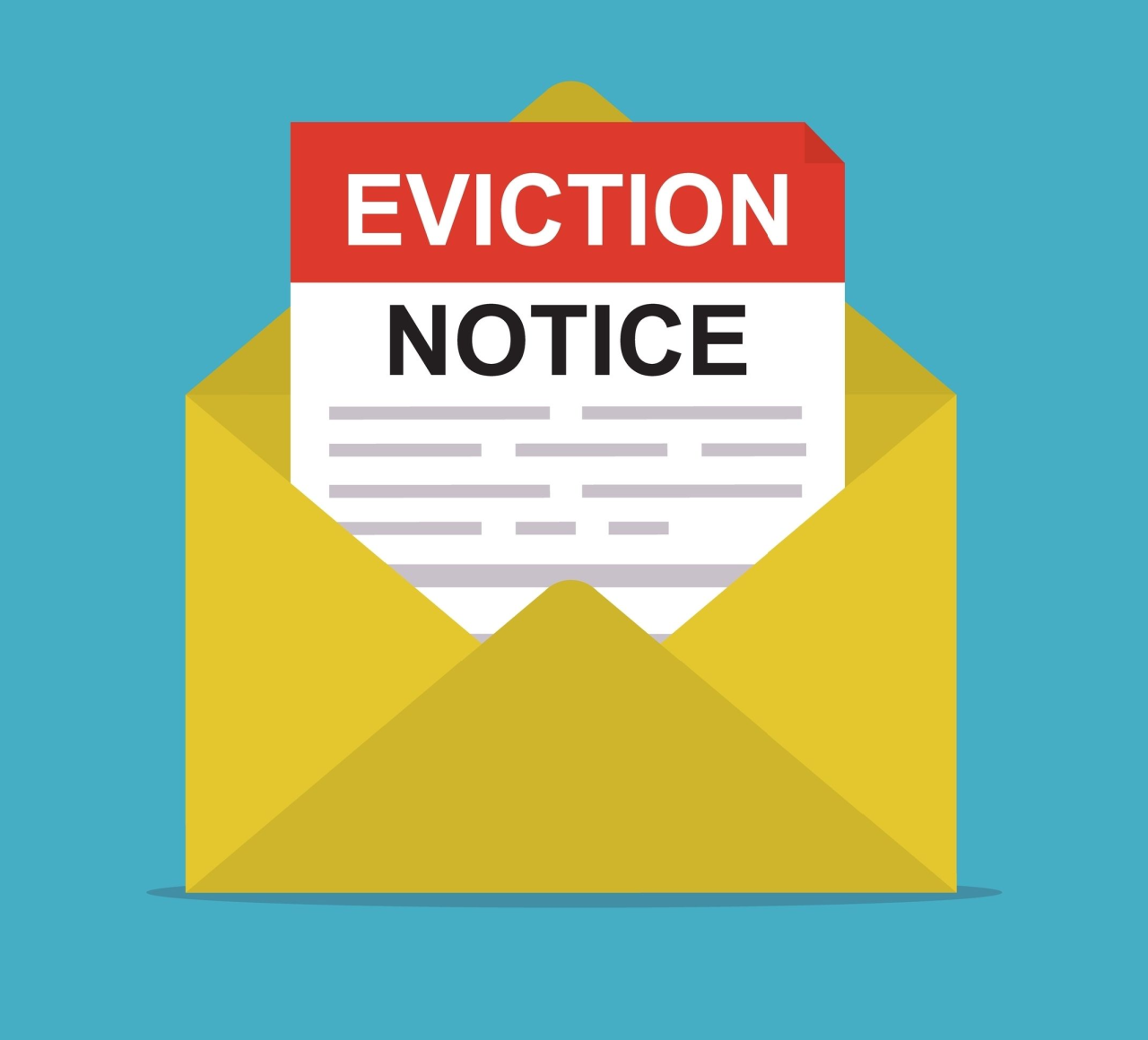Focus on documentation and effective communication

Mastering the Eviction Process in Multifamily Rentals
To master the eviction process in multifamily rentals, grasp legal requirements, document meticulously, and communicate clearly. Comprehend state laws, issue correct notices, and file necessary paperwork precisely.
Prep for court with essential documents, present your case confidently, and maintain professionalism. Transparently communicate with tenants, informing them of rights and responsibilities. Guarantee compliance with regulations, avoiding legal consequences for a smooth eviction.
Safely execute the tenant removal process, following legal procedures with law enforcement assistance. Focus on documentation and effective communication, leading to successful outcomes and efficient post-eviction procedures.
Key Takeaways
- Understand state-specific eviction laws and regulations.
- Issue proper eviction notices following legal guidelines.
- Prepare necessary paperwork meticulously for court.
- Communicate transparently with tenants throughout the process.
- Ensure compliance with regulations to avoid legal issues.
Understanding Legal Considerations
To successfully manage the eviction process in multifamily rentals, you must first grasp the essential legal considerations that govern such proceedings. Understanding the legal landscape, including state eviction laws and regulations, is paramount.
Each state has specific rules regarding eviction procedures, timelines, and tenant rights that must be followed meticulously to guarantee a smooth and lawful eviction process.
Moreover, comprehending lease agreements and local jurisdiction requirements is pivotal when initiating evictions in multifamily properties. Lease agreements often outline the terms and conditions under which evictions can occur, making it imperative to review these documents thoroughly before commencing any eviction proceedings.
Additionally, being well-versed in local laws and regulations can help you navigate any specific requirements that your jurisdiction may impose on eviction processes.
Proper documentation and clear communication play an essential role in ensuring legal compliance during evictions. Keeping detailed records of all communication with tenants, documenting lease violations, and serving eviction notices in accordance with the law are critical steps to demonstrate compliance and protect your rights as a landlord.
Seek legal counsel and consult with landlord-tenant attorneys to gain insights into managing the complex legal considerations involved in eviction proceedings, ensuring that you adhere to tenant rights, eviction notice requirements, and court procedures diligently to execute evictions successfully in multifamily rental properties.
Need Legal Help?
Chat with a real estate lawyer near you. It’s only $5 for a 1-week trial. Ask unlimited questions.
Issuing Proper Notices
Issuing proper eviction notices is an essential step in the multifamily rental eviction process, requiring meticulous attention to detail and adherence to state-specific regulations.
Before proceeding with an eviction, it is important to issue a written notice to the tenant. This notice is a legal requirement and typically ranges from 3 to 30 days, depending on the reason for eviction. The written notice must clearly state the grounds for eviction, follow state-specific formatting requirements, and provide a deadline for compliance or vacating the premises.
Failure to issue a proper notice can lead to complications, such as the eviction case being dismissed in court. Different types of notices, such as Pay or Quit, Cure or Quit, or Unconditional Quit, are utilized based on specific eviction grounds like non-payment of rent or lease violations.
Seeking legal guidance to draft and serve eviction notices is advisable to ensure compliance with local laws, protect tenant rights, and facilitate a smoother eviction process. By adhering to the necessary legal requirements and providing clear communication through the written notice, you can navigate the eviction process effectively while respecting the rights of all parties involved.
Filing Required Paperwork
Properly completing and filing the necessary paperwork is a pivotal step in the eviction process for multifamily rentals. When initiating an eviction, the first critical document to file is the eviction notice.
This formal notice informs the tenant of the landlord’s intention to evict and typically includes details such as the reason for eviction, the deadline to remedy the situation, and the consequences of failing to comply.
To guarantee legal compliance and a strong case in court, it is essential to have all the required paperwork in order. This may include a notice to vacate or pay rent, which clearly outlines the tenant’s obligations and the consequences of non-compliance.
Properly completed paperwork not only supports the eviction process but also helps prevent delays or potential invalidation of the proceedings.
Failure to file the correct paperwork or to follow the process accurately can significantly hinder the eviction process. Seeking guidance from a legal professional is highly recommended to ensure that all necessary paperwork is correctly prepared and filed.
Legal expertise can provide valuable insights into the specific requirements for formal eviction and help navigate any complexities that may arise during the paperwork filing process.
Court Appearance Preparation
Prepare all relevant documents and evidence meticulously in advance of the court appearance to bolster your case for eviction. Collate essential paperwork such as the lease agreement, any notices served to the tenant, payment records, and communication logs.
These documents serve as the backbone of your case and demonstrate the legal grounds for eviction. Organize them in a clear and coherent manner to present a compelling argument before the court.
Dress in professional attire and aim to arrive early on the day of the court hearing. Punctuality and a polished appearance exhibit your commitment and seriousness towards the legal proceedings. Once in the courtroom, focus on articulating your case concisely and emphasizing the reasons for eviction based on solid legal grounds. Be prepared to answer any questions posed by the judge promptly and honestly.
Throughout the court appearance, maintain a composed and respectful demeanor. Displaying professionalism not only enhances your credibility but also underscores the seriousness of the eviction process. By showcasing preparedness, clarity, and professionalism, you strengthen your position and increase the likelihood of a favorable outcome in the eviction proceedings.
Transparent Communication With Tenants
When engaging in the eviction process in multifamily rentals, ensuring transparent communication with tenants is vital to navigate the proceedings effectively and foster a cooperative environment. Transparent communication involves providing clear and timely information regarding eviction proceedings and reasons for initiating such actions.
By establishing open lines of communication, you can mitigate misunderstandings and potential conflicts during the eviction process.
Keeping tenants informed about their rights, responsibilities, and available options is essential. This practice not only leads to a more cooperative and smooth eviction process but also helps in maintaining a professional relationship with the tenants.
Providing written notices and documentation of all communication is necessary to guarantee transparency and accountability throughout the eviction process. This documentation serves as evidence of the interactions between you and the tenant, which can be valuable in case of disputes or legal proceedings.
Compliance With Regulations
Ensuring strict adherence to local eviction laws and regulations is essential for landlords managing the eviction process in multifamily rentals. As a landlord, your diligent management of compliance is vital to avoid potential legal repercussions and ensure a seamless eviction process. Understanding the specific regulations governing evictions in your area is key to navigate the process successfully.
Compliance with eviction regulations is not just a legal obligation; it is a fundamental aspect of ethical landlord-tenant relationships. By following the prescribed procedures set forth by state and local laws, you can protect your rights as a landlord while upholding the rights of your tenants throughout the eviction process.
Failure to comply with eviction regulations can lead to significant setbacks, including delays, fines, or legal actions taken against you. Therefore, it is in your best interest to familiarize yourself with the laws governing evictions and to strictly adhere to them.
Tenant Removal Process
Proper coordination with local law enforcement is essential for facilitating the lawful removal of tenants once an eviction order has been obtained from the court. When managing the tenant removal process, it is vital to work closely with law enforcement to guarantee compliance with legal regulations and protocols.
Avoid resorting to self-help eviction methods, as these can lead to legal complications. Instead, rely on the legal system to enforce the eviction order effectively.
Documenting and communicating effectively with law enforcement is key to a smooth and efficient tenant removal process. By providing clear information and following proper procedures, you can help ensure that the eviction process proceeds without unnecessary delays or issues.
Prioritize the safety and well-being of all parties involved during the tenant removal process to prevent conflicts or legal repercussions.
Remember that the eviction process must be conducted in accordance with the law to protect both your rights as a landlord and the rights of the tenant. By following the proper legal procedures and collaborating with law enforcement, you can manage the tenant removal process with confidence and ensure a successful outcome while maintaining compliance with regulations.
Post-Eviction Follow-Up
To effectively manage post-eviction follow-up procedures, conduct a thorough property inspection to assess damages and determine necessary repairs. This inspection is vital in identifying any excessive damage beyond normal wear and tear caused by the evicted tenant.
By carefully documenting all damages, you can accurately calculate the repair costs needed to restore the unit to its original condition. Remember, these repair costs can typically be deducted from the tenant’s security deposit.
It is essential to guarantee that the property is in proper condition for the next tenant to move in smoothly. This includes not only addressing damages but also considering factors like cleaning, repairs, and painting to prepare the unit adequately.
By following local regulations regarding post-eviction procedures, you can navigate the process without encountering any legal issues. Compliance with these regulations helps protect both your rights as a landlord and the rights of the tenant.
Conclusion
In mastering the eviction process in multifamily rentals, remember to stay vigilant in issuing proper notices, filing necessary paperwork, and preparing for court appearances. Despite potential challenges, transparent communication with tenants and compliance with regulations are essential.
While the tenant removal process may be difficult, post-eviction follow-up is vital. Even though the process may seem challenging, with attention to detail and legal expertise, you can navigate it successfully and guarantee a smooth eviction process.
Source: Multifamily Mentor













 Accessibility
Accessibility